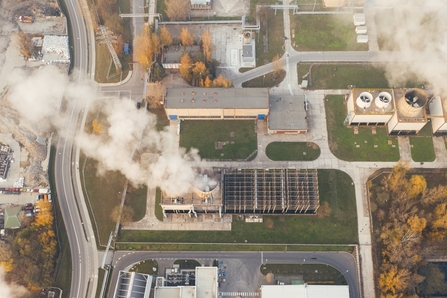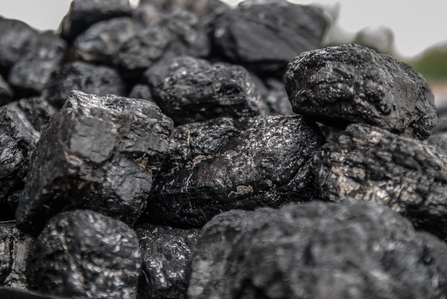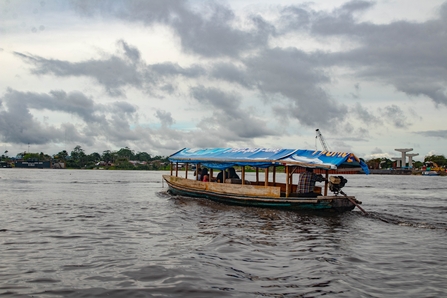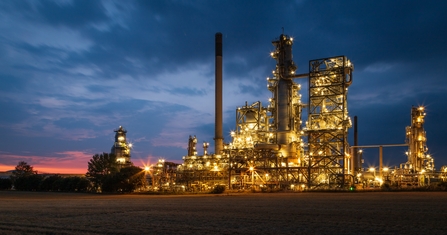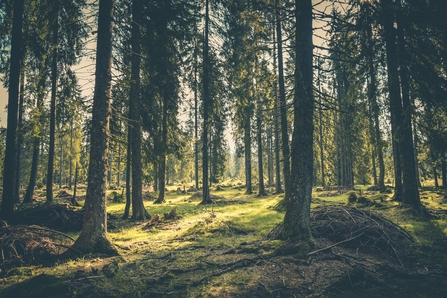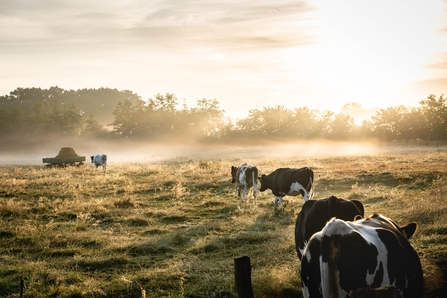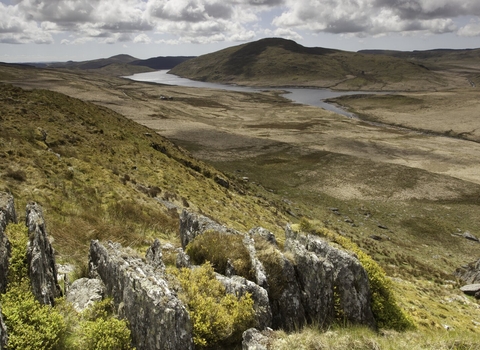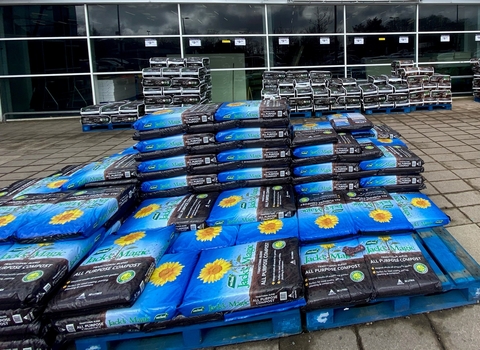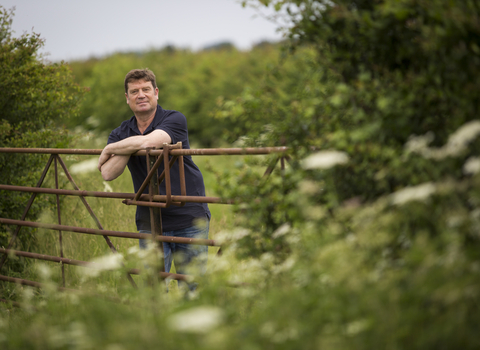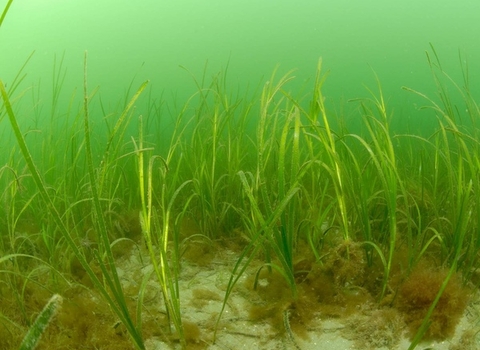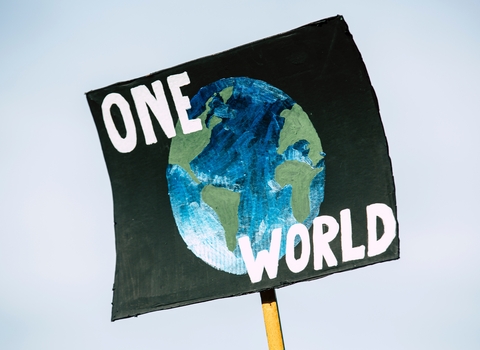What was in the COP26 agreement?
The agreement - although not legally binding - will set the global agenda on climate change for the next decade. Countries were asked to republish their climate action plans by the end of next year, with more ambitious emissions reduction targets for 2030.
Commitments made at COP are not legally binding and therefore will be self-policed. As targets have been missed in the past the concern is that pledges made at COP26 have no guarantee of being fulfilled.

